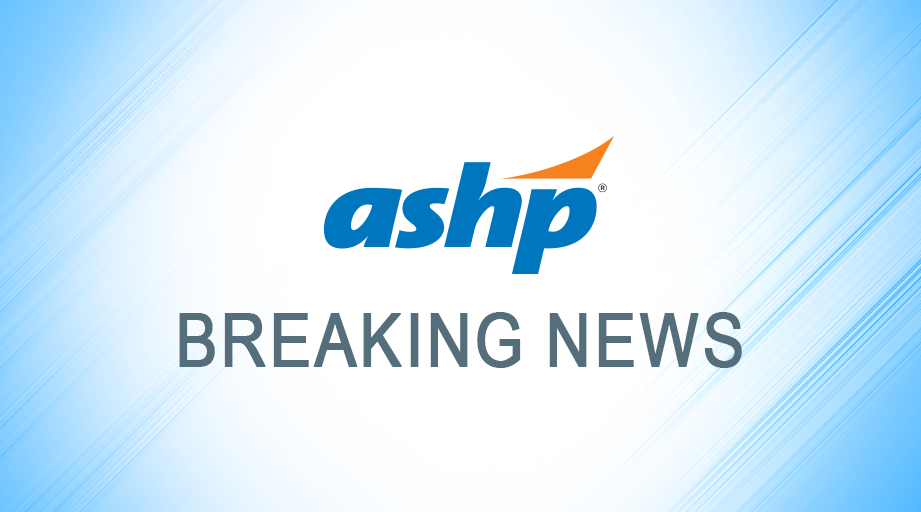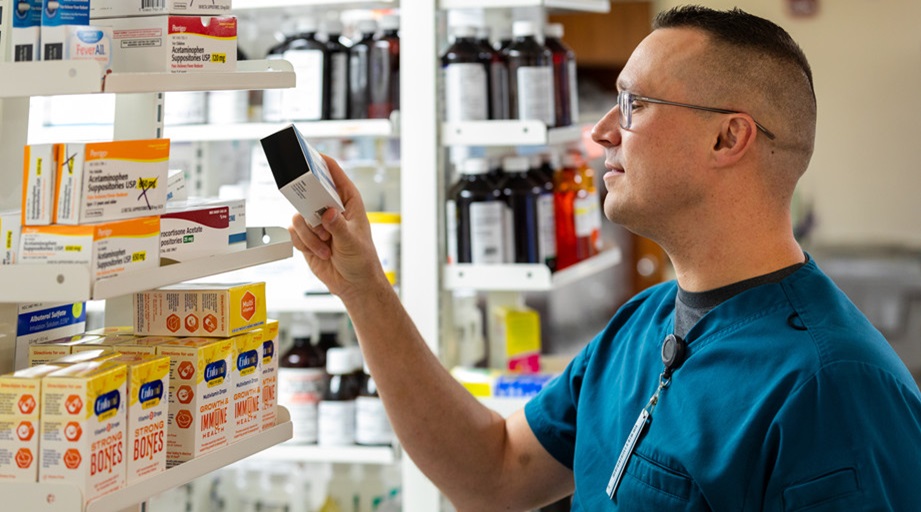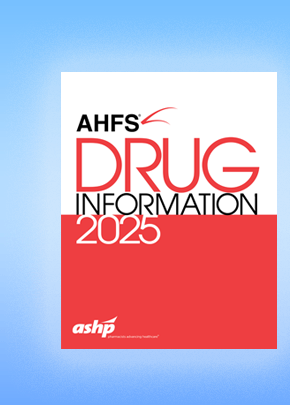
The federal 340B Drug Pricing Program supports vital services in rural Alabama, but the program is largely invisible to those who benefit from it, says Chuck Beams, director of pharmacy services for East Alabama Medical Center in Opelika.
“To patients, ‘340B’ is like an alphabet soup—they don’t know what the numbers mean,” he said. “When I talk about it, they probably think it’s some type of retirement plan.”
Beams said the medical center is the chief source of cancer treatment for most people in the area. He said drugs purchased through the 340B program are used to care for these patients, and savings from the program also help fund clinical pharmacy services that support patient care throughout the organization.
“340B” refers to a section in the Public Health Service Act that became law in 1992. The program requires drug manufacturers, as a condition of participation in the Medicaid program, to honor statutorily defined ceiling prices for covered outpatient medications purchased by certain hospitals and other participants in the 340B program.
Participating organizations can use the differential between the discounted ceiling drug price and the amount payers reimburse the purchaser for those medications to fund services for needy patients.
The Health Resources and Services Administration (HRSA) oversees the 340B program. According to HRSA, the purpose of the program is “to stretch scarce federal resources as far as possible, reaching more eligible patients and providing more comprehensive services.”
“I can tell you, with all certainty, that we’re stretching the dollar as far as we can here,” Beams said.
He said the medical center is starting to feel the effects of a cut in the amount that the Medicare program reimburses disproportionate share hospitals for drugs purchased through the 340B program.
The change, which went into effect in January, reduces Medicare Part B reimbursement for 340B-covered drug purchases to the products’ average sales price (ASP) minus 22.5%—a large drop from the previous reimbursement rate of ASP plus 6%. The ASP-plus-6% reimbursement formula remains in effect this year for rural sole community hospitals, children’s hospitals, and some cancer hospitals that participate in the 340B program.
The Centers for Medicare and Medicaid Services in November estimated that total reimbursement in the 340B program would decrease by $1.6 billion this year as a result of the reimbursement change. Those dollars will be redistributed by the agency to reimburse hospitals for nondrug products and services covered under Medicare’s outpatient prospective payment system.
Beams said that more than half of the patients treated at his organization’s cancer center receive drugs purchased through the 340B program. Overall, he said, the reimbursement change is projected to cost the medical center about $2.5 million per year.
“We are not able to make it up anywhere else,” he said.
To help raise local awareness about the 340B program’s benefits to the community, Beams penned a letter to the editor of the Opelika Observer that was published April 25. In the letter, Beams described services provided by the medical center that rely on 340B program funding and urged readers to tell Congress to protect the program.
“My personal objective here is to make sure that as many people as possible become aware of the value of the program and potential implications of significant cutbacks,” Beams said.
Across the country, at UC San Diego Health in California, a letter coauthored by Chief Executive Officer Patty Maysent and Pharmacist in Chief Charles Daniels was published in March in the Times of San Diego to publicize the benefits that the 340B program provides to the community and ask Congress to support the program.
“Many patients benefit from the 340B Drug Pricing Program without even realizing it,” the letter stated.
Because of Medicare’s reimbursement cut, the letter stated, “we worry that some of our patients could experience difficulty in accessing the life-saving services sustained by 340B discounts.”
“I think most citizens are not aware that . . . they’re getting any benefit from the program, because it all operates as improvements to systems and discounts to individuals,” Daniels said in an interview. “There’s no effort typically made to say that ‘this service was brought to you compliments of the 340B program.’”
Daniels said the 340B program was designed to let participating sites determine the best way to use program revenues to help local patients rather than requiring that all of those dollars to go toward reducing patients’ prescription costs.
“If all you could do was to provide discounted drug services, some of the things that allow those [drugs] to be effective and safe . . . would go away,” Daniels said. “I think it’s often not well understood by a lot of people.”
He cited the care pharmacists provide to HIV-infected patients at the health system’s Owen Clinic as a supportive service that relies on revenues from the 340B program. And he said the program funds other clinical pharmacy services, such as the placement of pharmacists in the emergency department.
But some critics of the 340B program claim that rather than reinvesting revenues from the program into services that help needy patients, hospitals are essentially pocketing the savings. That view has contributed to congressional scrutiny of the 340B program and calls for increased transparency from hospitals about what they do with those funds.
“I think it’s a reasonable question to ask: ‘If the money’s not going directly to lower the cost of a specific prescription that’s filled, where is it going? What category of things is it paying for?’” said Tennessee Senator Lamar Alexander, chairman of the Committee on Health, Education, Labor and Pensions, during a March 15 hearing.
“There’s nobody that won’t support transparency,” Daniels said. But he acknowledged that while it’s fairly simple to link a 340B program discount to a specific transaction at the pharmacy counter, pegging revenues to clinical services is more complicated.
“The money comes in at a separate time from the service, and that’s sort of where the debate is right now,” Daniels said.
Joseph Hill, director of ASHP’s government relations division, said ASHP would be concerned if care to uninsured and underinsured patients were compromised because the discounts were applied elsewhere.
Hill told senators during the March 15 hearing that ASHP has no official position on legislation that would mandate reporting on how 340B program funds are used.
[This news story appears in the June 1, 2018, issue of AJHP.]








